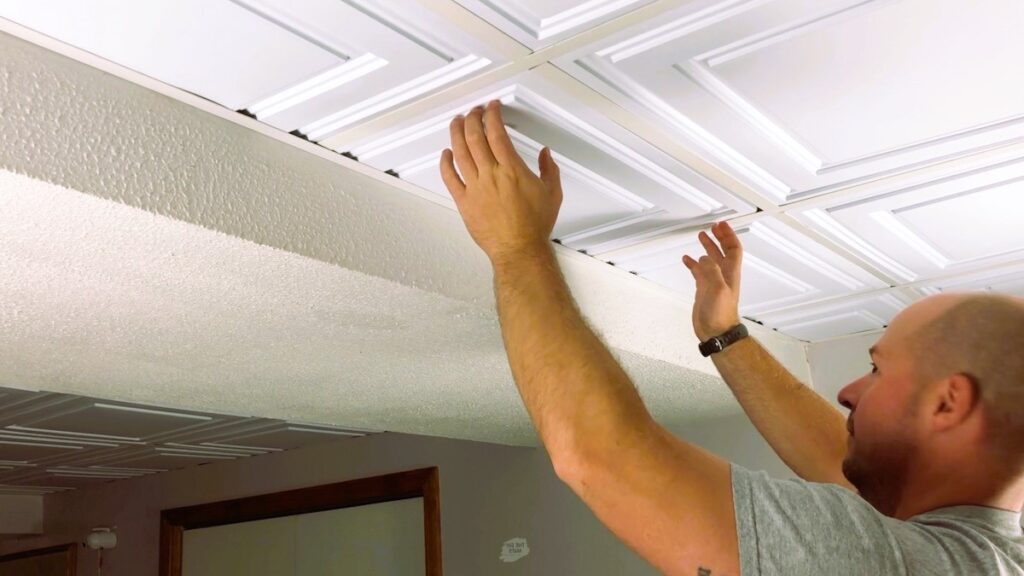In small rooms, every square inch counts. Whether you’re dealing with a tiny bathroom, a compact kitchen, or a cozy living area, making the most of the available space is crucial. When it comes to flooring and wall coverings, tiles offer a range of design possibilities that can visually expand and enhance small rooms. In this article, we will explore tile tips specifically tailored for maximizing small spaces and transforming them into functional and visually appealing areas.
Light-Colored Tiles: Light-colored tiles are a popular choice for small rooms as they create an illusion of spaciousness. Light shades, such as whites, creams, pastels, or light grays, reflect more natural light, making the room feel brighter and more open. Consider using light-colored tiles on both the floors and walls to create a seamless and cohesive look.
Large Format Tiles: Opting for large format tiles can help create an illusion of space in small rooms. Large tiles minimize the number of grout lines, which visually expands the area. They also provide a clean and streamlined look. Consider using large tiles on both the floors and walls to create a sense of continuity.

Glossy or Reflective Finishes: Glossy or reflective tile finishes can enhance the sense of space in small rooms by bouncing light around the area. This can make the room feel more open and airy. Consider using glossy or reflective tiles as accents or on feature walls to add visual interest while maximizing the perception of space. Like the article? Read also about tile adhesives.
Vertical Patterns: Using tiles with vertical patterns can visually elongate the walls and create the illusion of height. Vertical patterns draw the eye upward, making the room feel taller and more spacious. Consider incorporating tiles with vertical stripes, linear designs, or vertically stacked subway tiles to achieve this effect.
Diagonal Layout: Installing tiles diagonally rather than in a traditional grid pattern can add visual interest and create a sense of movement in small rooms. The diagonal layout visually expands the space, making it appear larger and more dynamic. This technique works particularly well with square or rectangular tiles.
Continuous Flooring: Creating a continuous flooring surface throughout adjoining rooms can help small spaces flow seamlessly and appear more spacious. Using the same tile flooring in different areas of the home eliminates visual breaks and creates a sense of unity. This technique blurs the boundaries between rooms and enhances the overall sense of openness.
Minimal Grout Lines: Minimizing the visibility of grout lines can make small rooms feel more expansive. Opt for thin grout lines that closely match the color of the tiles. This creates a seamless and uninterrupted look, giving the impression of larger, uninterrupted surfaces.
Vertical Tile Accents: Adding vertical tile accents can draw the eye upward and create a focal point in small rooms. Consider incorporating a vertical tile strip or a decorative tile border to add visual interest and break up the space. Place the accent tile strategically to create a sense of height and depth.
Multi-Purpose Tiles: In small rooms, maximizing functionality is key. Consider using multi-purpose tiles that serve both a practical and decorative purpose. For example, choose tiles that have built-in shelving or hooks for storage in bathrooms or tiles that double as a magnetic board in kitchens. These innovative tile options can help save space while adding functionality.

Wall-to-Ceiling Tiles: Extending tiles from the floor to the ceiling can create a sense of height and openness in small rooms. This vertical expanse visually expands the space and creates a seamless, uninterrupted look. It also eliminates the need for a visual break between the floor and wall, making the room feel more cohesive.
Remember to consider the specific needs and style of the room when selecting tiles. Research various tile options, textures, and finishes to find the ones that best suit your preferences and the overall design scheme.
For more information and inspiration on maximizing small spaces with tiles, you can visit reliable sources such as Wikipedia (https://en.wikipedia.org/wiki/Flooring).
In conclusion, with the right tile choices and design strategies, small rooms can be transformed into functional and visually appealing spaces. Light-colored tiles, large format tiles, glossy or reflective finishes, vertical patterns, diagonal layouts, continuous flooring, minimal grout lines, vertical tile accents, multi-purpose tiles, and wall-to-ceiling tiles are all effective techniques for maximizing small spaces. By implementing these tile tips, you can create a sense of openness, expand the visual boundaries, and make the most of every inch in your compact rooms.
